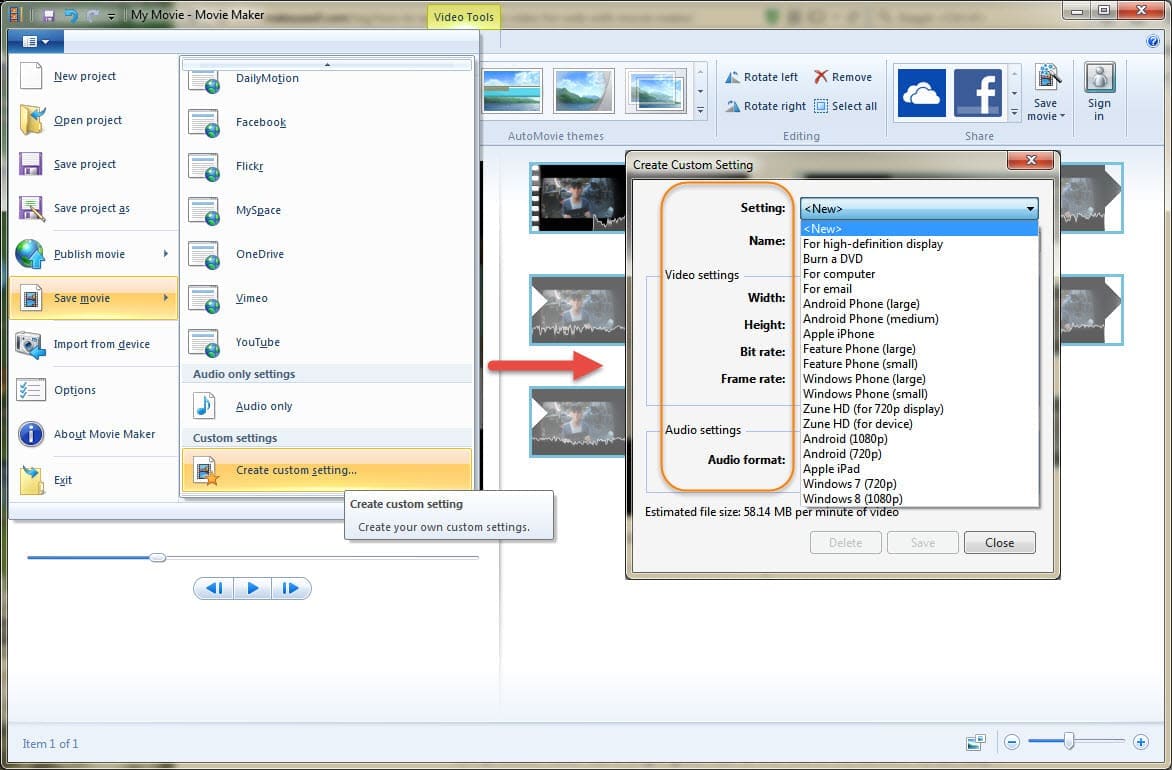

When images are not resized correctly, it makes content difficult to read on small screens, decreasing user experience. Mobile devices offer a smaller screen size than desktops or laptops, which means images need to be proportionately sized down to fit properly within the space provided by the screen. Not only will optimizing give you an edge over competitors who have not done so yet, but it also has many benefits, such as improving user experience by making everything faster and easier to use – which in turn improves customer satisfaction. Images on Mobile Have a Different Impact From DesktopĮvery day, more and more people are using their smartphones to access the Internet, which means that if your website isn’t optimized, you’re missing out on millions (or even billions) of potential customers. This will have a positive impact on your overall performance grade. Hint: By optimizing and compressing images, you’ll address Lighthouse’s recommendation and put the six KPIs closer to the green zone.

Defer offscreen images (implement lazy-loading).Properly size images (implement responsive images).

Instead, you can find mobile performance improvement opportunities related to images in the Lighthouse report, which are namely: This issue will not be mentioned explicitly. You may be wondering where the “images weight vs loading time” issue is amongst those KPIs.


 0 kommentar(er)
0 kommentar(er)
